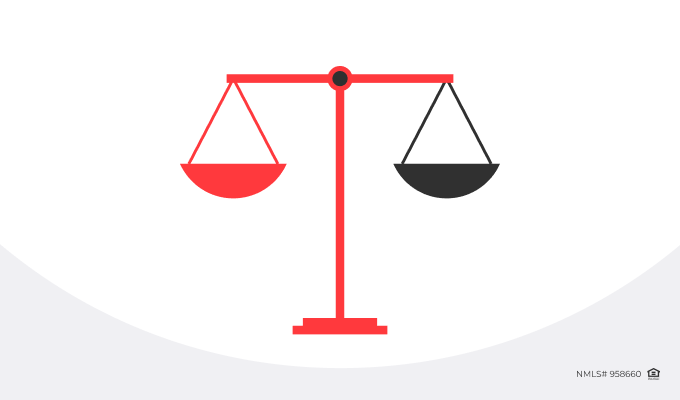Click here to print this page or back to page.
Click here to print this page or back to page.

On March 8, 2023, The Department of Housing and Urban Development (HUD) announced a new rule allowing for an increased 40-year term for loan modifications. This rule has sparked discussions and debates among industry experts, economists, and potential homebuyers. What are the ups and downs of longer mortgage terms? In the article we will observe both sides of the rule.
This article was originally published on Apr 20, 2023.
Fill out the short form and get a call from our AE
Submit a ScenarioOne of the potential upsides of the HUD rule on 40-year mortgage terms is that it may make monthly mortgage payments more affordable. It suits particularly to borrowers with lower incomes or limited savings for down payments. By spreading out the repayment period over 40 years instead of the traditional 30 years, borrowers may see a reduction in their monthly mortgage payments. As a result, for some households, homeownership becomes more accessible.
Additionally, the extended term may provide borrowers with more flexibility in their budgeting and financial planning. With lower monthly payments, borrowers have the ability to allocate funds towards other financial goals. Think of saving for retirement, emergency funds, or paying off other debts. This can improve the financial well-being of borrowers and provide them with more financial security.
Furthermore, the HUD rule on 40-year mortgage terms could help reduce the risk of default for some borrowers. Lower monthly payments may reduce the likelihood of borrowers falling behind on their mortgage payments, which could lead to a decrease in foreclosures. This could benefit both borrowers and mortgage lenders by helping borrowers stay in their homes and avoiding costly foreclosure processes.
However, there are also potential downsides to longer mortgage terms.
One of the main concerns is the overall cost of the loan. While longer mortgage terms may result in lower monthly payments, borrowers may end up paying more in interest over the life of the loan compared to a traditional 30-year mortgage.
Another potential downside of a 40-year mortgage term is that it may delay the equity-building process for borrowers. Equity refers to the portion of a home that a homeowner actually owns. It typically increases over time as the homeowner makes mortgage payments. With a longer mortgage term, it may take borrowers longer to build equity in their homes. This could affect their ability to sell or refinance their homes in the future.
Finally, longer mortgage terms could potentially increase the risk of borrowers becoming “house poor,” where a significant portion of their income is tied up in mortgage payments, leaving little room for other expenses or savings.
| Benefits | Drawbacks |
|---|---|
| Affordability for borrowers with limited savings for down payment | Overall cost of the loan |
| Flexibility in budgeting and financial planning | Risk of becoming "house poor" (little room for other expenses) |
| Lower monthly payments | Long equity-building |
The HUD rule on 40-year mortgage terms has both potential upsides and downsides. It may make homeownership more affordable, provide more flexibility in budgeting, and reduce the risk of default. However, it may also result in higher overall costs and delay the equity-building process for borrowers.
It’s important for borrowers to consider their financial situation before opting for any mortgage option. Conducting a thorough analysis of the costs and benefits, including the overall cost of the loan, potential changes in interest rates, and the impact on equity-building, is essential. Borrowers should also take into account their long-term financial goals. These include retirement savings and other financial obligations.
For lenders, it’s crucial to carefully assess the risk associated with longer mortgage terms and ensure that borrowers have the ability to repay the loan over an extended period of time. Lenders should conduct thorough financial assessments. It’s important to consider factors such as creditworthiness, income stability, and debt-to-income ratios to determine the suitability of borrowers for a 40-year mortgage.
Choose among 20+ programs and get
a detailed loan calculation
The HUD rule on 40-year mortgage terms has the potential to impact the housing market and homeownership for certain borrowers. While it may offer benefits such as lower monthly payments and increased affordability, there are also potential downsides such as higher overall costs and delayed equity-building. Monitoring the impact of longer mortgage terms is crucial to ensure responsible lending practices.